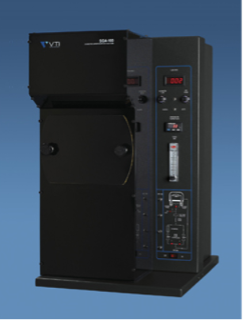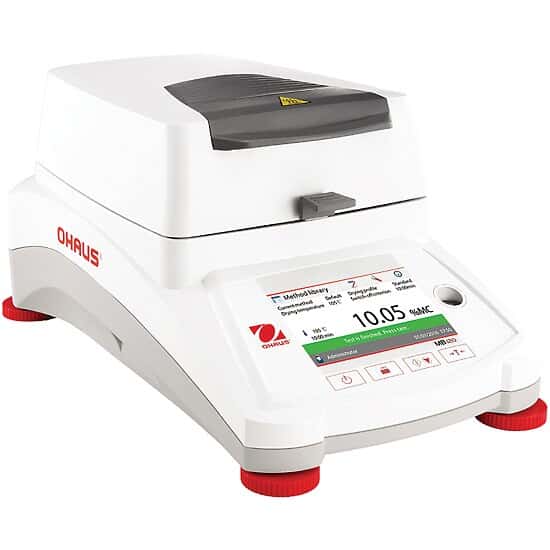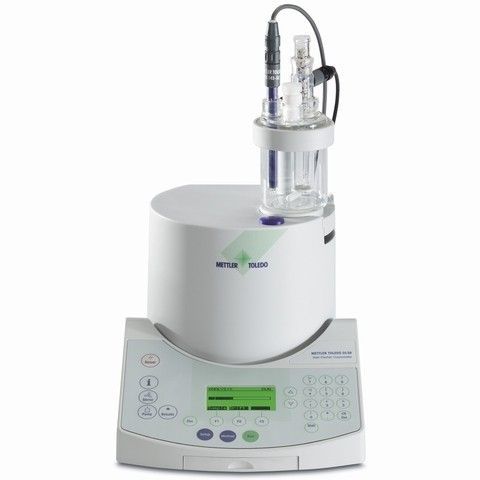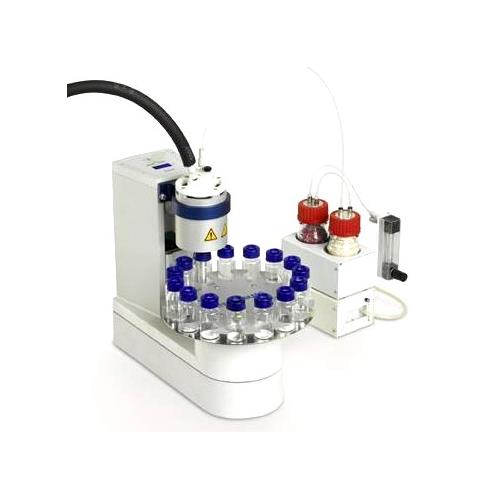As a starting point for studies involving the hygroscopicity of solids, it is important to be able to measure the amount of water that has become associated with a solid under a given set of conditions. This “residual water” can arise by previous exposure to certain relative humidity conditions or because a sample previously exposed to liquid water has been incompletely dried. The results obtained from measuring water in solids can be useful for:
- Determining the kinetics of water adsorption/desorption
- Contributing information for development of formulations and processing conditions
- Providing information during manufacturing to avoid clumping or caking, particularly in high humidity environments
- Supporting shelf-life stability studies
- Providing data to specify shipping conditions
- Assisting in developing material specifications
A common technique used to measure the hygroscopicity of solids is the use of dynamic vapor sorption (DVS). The material is exposed to various relative humidity (RH) conditions at a specified temperature to observe the uptake (adsorption) or release (desorption) of water by monitoring the material’s change in weight. One can then calculate the amount of water adsorbed or desorbed. Typical experimental conditions may include exposure ranging from 5% RH to 95% RH and back down to 5% RH in small steps. Monitoring the desorption of water is as equally important as monitoring the uptake since one can observe the degree of hysteresis if the material does not release the water. The cycle may then be repeated to determine the consistency of the hygroscopic nature of the material. Improved Pharma has a VTI Corp. SGA-100 Vapor Sorption Analyzer with aqueous sorption capabilities.
Another common method of estimating the amount of residual water is to expose a given weight of solid to a pressure and temperature sufficient to completely remove such water, usually at roughly atmospheric pressure and 105 ֯C, and then reweigh the sample to measure the mass lost upon drying. This is generally referred to as the “loss on drying” (LOD) method. Since one is not directly measuring the amount of water, it is important to establish that the loss in mass is not due to another volatile material, including material created by chemical decomposition at such temperatures. In the case of possible chemical decomposition upon heating to 105 ֯C, one can carry out LOD measurements under reduced pressure where water will be able to completely desorb at reduced temperatures. To facility the use of the LOD method, which can be quite time consuming and tedious if sample weight is monitored manually, automated moisture analyzers have been developed that can reduce the time necessary to just a few minutes. These analyzers combine an electronic balance with a heating element so that the sample can be heated rapidly with concurrent measuring of changes in weight until a constant weight is reached and recorded electronically. Improved Pharma has an Ohaus MB120 Moisture Determination Balance for this purpose.
There are other techniques that are able to more directly measure water in solids; the most widely used in the pharmaceutical industry is Karl Fischer titration. The Karl Fischer method uses Coulometric or volumetric titration to directly estimate the amounts of residual water in solid samples. In the Coulometric technique, which is more widely used in pharmaceutical situations, iodine is generated electrically from iodide ion, I–, in the electrolytic cell, so that
2I– → I2 + 2e–
Here, the amount of water in the sample is estimated potentiometrically from the equivalent moles of electrons used in generating the iodine. The potentiometric electrode detects the slight excess of iodine at the endpoint and stops the titration. This technique can detect water content down to 1 ppm. Improved Pharma has a Mettler Toledo Coulometric KF Titrator with a Stromboli Oven Sample Changer for increased throughput.




